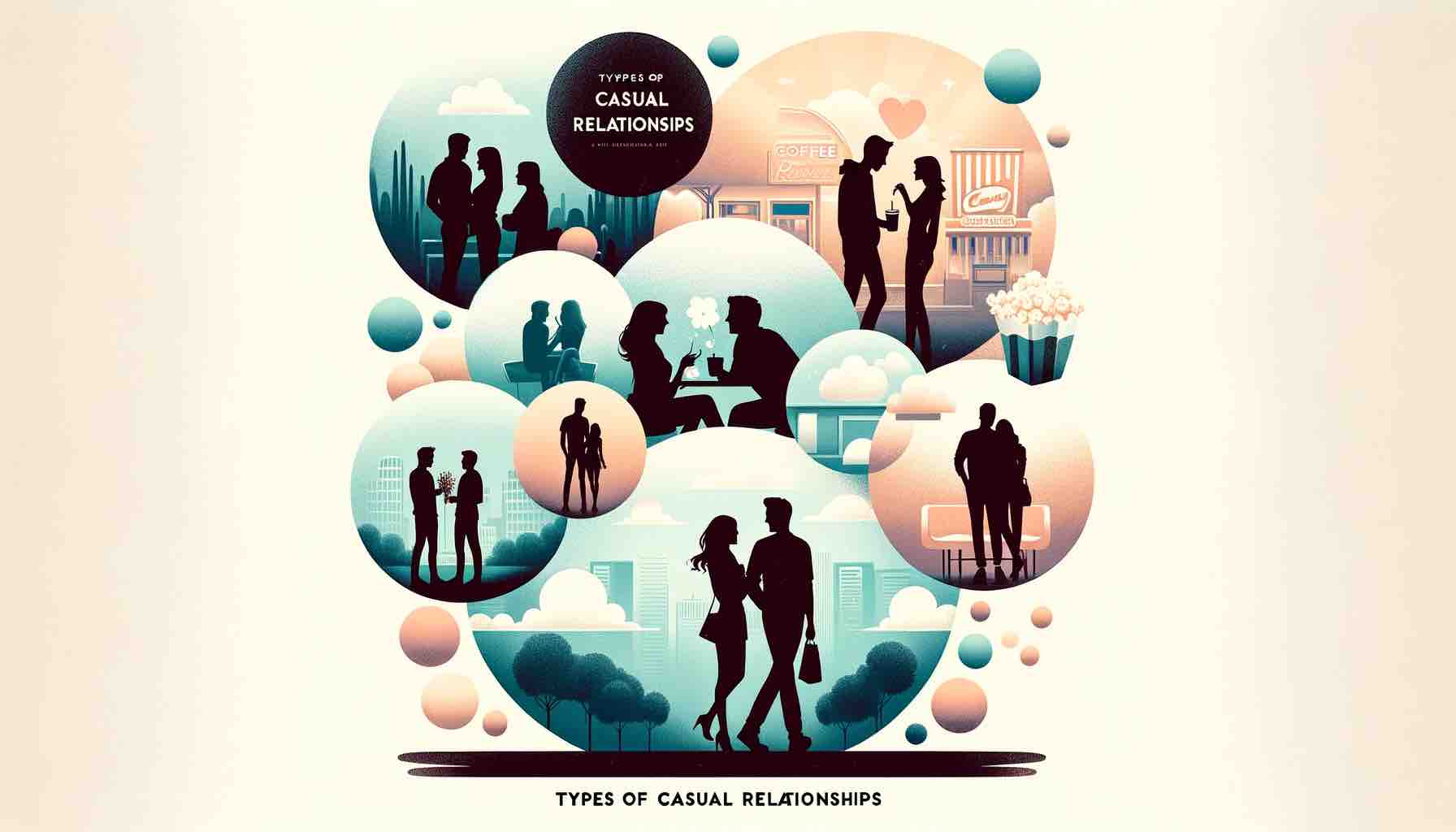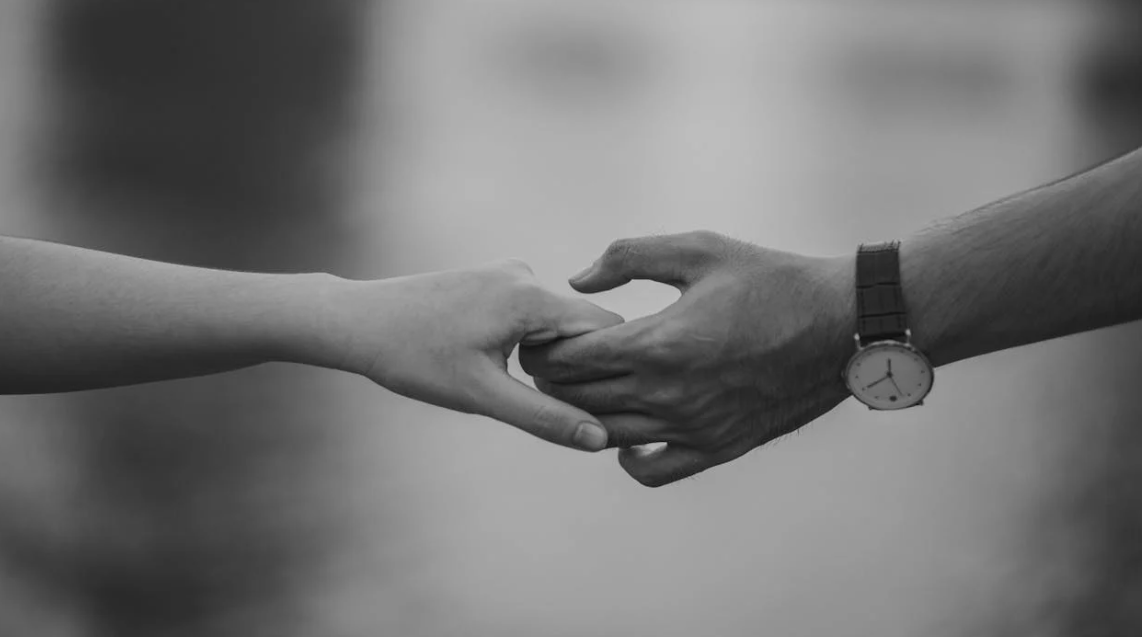In the ever-evolving landscape of modern dating, the phrase “casual relationships” often crops up. You might think the term is self-explanatory – relationships without the formalities and commitments of their more serious counterparts. But delve a little deeper, and you’ll discover that within the realm of non-commitment, there’s a spectrum of dynamics, each with its own set of unspoken rules and understandings. So, what are the various types of casual relationships that seem to be the currency of contemporary romance?
Firstly, let’s clarify what we mean by ‘casual.’ It typically involves dating and sexual activities outside of a long-term romantic partnership that is not aimed at culminating in marriage or a domestic partnership. Now, within this framework, there are several types of casual relationships, each with its own nuances and expectations.
1. Friends with Benefits
Perhaps the most commonly recognized type among the types of casual relationships is the ‘friends with benefits‘ scenario. Here, two friends engage in sexual activity without the trappings of a traditional romantic relationship. Emotional connection? Yes, as friends. Romantic dates and future planning? Not so much. It’s the epitome of having your cake and, well, eating it too.
2. Booty Calls
This relationship is even more about the physical than the friends with benefits. Booty calls involve someone you contact primarily for a sexual rendezvous. You might share a laugh or a drink, but the primary expectation is to satisfy a sexual need. There’s little emotional investment, and communication typically revolves around coordinating these encounters.
3. The No-Strings-Attached Relationship
Similar to a booty call but with a little more frequency, the no-strings-attached relationship is one step closer to resembling a relationship without actually being one. You enjoy each other’s company in and out of the bedroom but maintain an understanding that the relationship is transient and may cease at any time without hard feelings.
4. The Casual Date
Different from the above types of casual relationships, casual dating often involves going on dates, hanging out, and generally spending time with someone you’re attracted to, but with an understanding that it won’t necessarily lead to a serious relationship. Think dinner, movies, and outings, but with an air of casualness and an understanding that this may not be exclusive or permanent.
5. The Fling
A fling is a brief and fiery casual relationship that burns hot and fast, often occurring during vacations or over a short period, like a summer break. It’s understood by both parties that the fling relationship will end as soon as the situation changes (the vacation ends, for instance), making it inherently temporary.
6. The Backburner Relationship
This one’s a bit of a gray area. It involves keeping someone ‘on the backburner’ – a person you’re not particularly invested in but keep as a potential option. It’s casual because there’s no real commitment, and often these relationships simmer without ever really heating up.
7. The Textlationship
In the digital age, some types of casual relationships exist almost entirely over text messages, social media, or dating apps. You share banter, flirt, and occasionally meet up, but most of your interaction is virtual. It’s casual in that it’s a low-maintenance way to feel connected without the intensity of regular in-person interaction.
8. The ‘It’s Complicated’ Relationship
This is a placeholder for relationships that don’t quite fit any mold. It might involve an ex-partner or someone you’re emotionally attached to but not officially dating. There’s usually some level of complication, such as unresolved feelings or external factors keeping the relationship from becoming more serious.
9. The One-Night Stand
The name says it all – a one-night stand is the epitome of a sexual encounter with no expectations for the future. There’s an unspoken agreement that once the night is over, so is the relationship.
10. The Unlabeled Relationship
Finally, we have relationships that simply refuse labels. You’re more than friends but not quite lovers, engaging in a romantic and sexual relationship without any intention of developing it into something defined.
Each of these types of casual relationships has its place in the diverse world of human connection. They can be mutually satisfying and pleasurable if both parties are on the same page. But as with any human interaction, feelings can be unpredictable, and the lines between types can often blur, leading to confusion or hurt feelings. That’s why communication, honesty, and clarity are key, regardless of the type of casual relationship you find yourself in.
Navigating the world of casual relationships can be liberating but also complex. It’s crucial to understand what you’re signing up for and to ensure that your needs and boundaries are respected – and that you respect those of your partner, too. Whether you’re looking for a friend with benefits, a no-strings-attached companion, or a casual date, remember that every human interaction deserves respect and consideration. With that mindset, the casual relationship can be a rewarding space to meet others, learn about yourself, and enjoy connections without heavy expectations.
FAQs on Types of Casual Relationships
1. What exactly encompasses casual relationships?
Casual relationships are diverse and can range from friends with benefits to no-strings-attached arrangements, where individuals are not pursuing long-term commitment but still engage in romantic or sexual activities.
2. How do I know if I’m in a ‘friends with benefits’ situation?
If you and your friend have an agreement where you engage in sexual activities while maintaining your friendship without the expectations of a romantic relationship, you might be in a ‘friends with benefits’ situation.
3. What’s the difference between casual dating and a serious relationship?
Casual dating typically implies a relationship where there’s no intention of long-term commitment or exclusivity, focusing on enjoying time together in the moment, whereas a serious relationship involves planning a future together and a deeper emotional bond.
4. Can a casual relationship evolve into something more serious?
While casual relationships start without the intent of long-term commitment, they can sometimes evolve as the involved individuals develop deeper feelings and decide to pursue a more serious relationship.
5. Is it possible to have more than one type of casual relationship at once?
Yes, it’s possible to have multiple types of casual relationships concurrently, provided that all parties involved are aware of and agree to the nature of the relationships.
6. How important is communication in casual relationships?
Communication is crucial in casual relationships to ensure all parties understand the nature of the relationship, consent to the arrangement, and have their expectations managed appropriately.
7. Are casual relationships less fulfilling than serious ones?
Fulfillment is subjective and varies from person to person. Some may find casual relationships equally fulfilling if their current needs are met, while others may find more satisfaction in long-term commitments.
8. How do you establish boundaries in a casual relationship?
Boundaries in a casual relationship can be established through honest, direct conversations where each person expresses their limits and expectations regarding the relationship.
9. Is it common for feelings to change in a casual relationship?
Yes, it’s common for feelings to evolve over time in any relationship, including casual ones. Regular check-ins with your partner can help navigate any changes in emotions or intentions.
10. What’s the best way to handle the end of a casual relationship?
The end of a casual relationship is best handled with open communication, expressing your decision respectfully and ensuring clarity to avoid misunderstandings or hurt feelings.
What is the one tip to survive in all types of relationship?
Surviving relationships can get complicated only when you change yourself and do not communicate about your feelings. Every relationship is different but in order to survive in them, the one tip that can work is to never change yourself and be vocal about what you feeling. Clear communication is the ground for every successful relationship. It’s important that you keep your communication clear.
Surviving a relationship also depends on various aspects like situations, how you deal with your emotions, levels of understanding and the list goes on.
There’s no clear key to surviving a relationship but keeping communication clear and never compromising yourself on things will at least give you peace in case if things don’t go well.




